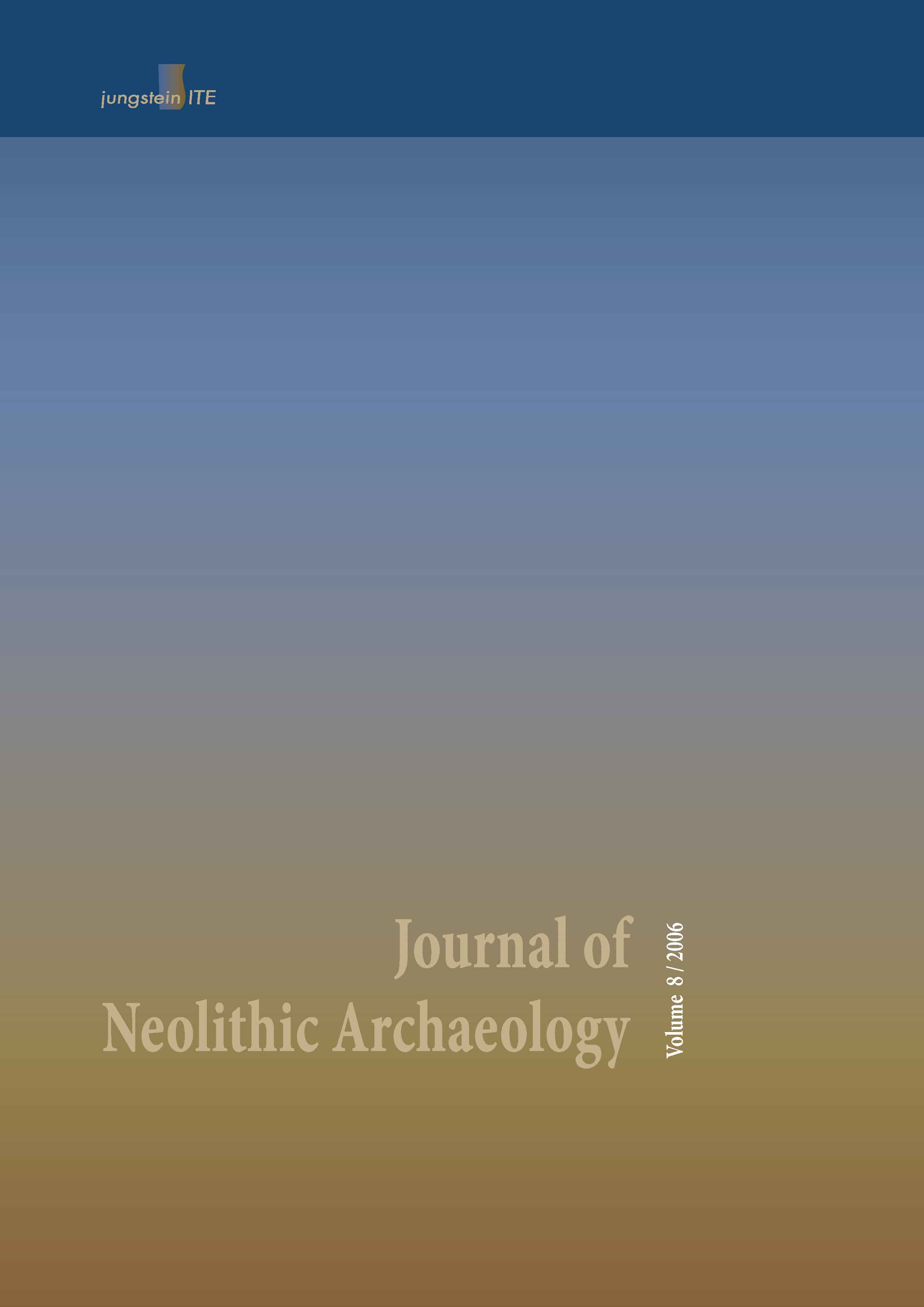Dead Animals and Living Society
Main Article Content
Abstract
The social life of animals in the societies of the past was mostly that of ritual. One can have a closer look at the question by examining the so-called animal burials (= animal deposits). In this paper the case area shall be Kujavia, a region situated in central Poland. The collection of data on animal deposits, made here by the populations of the Late Neolithic Globular Amphora culture, has – when compared to data for other regions – a number of specific characteristics. Special mention deserves the clear tendency to place deposits in pits within settlement bounds. A smaller group is made up of deposits in direct or indirect connection with graves of human beings. In this way dead (killed?) and intentionally buried animals mostly became part of space used by the living members of the community. Another important observation concerns preferences in selecting animals for use in different spheres of human activity including ritual ones.
Article Details
How to Cite
Szmyt 2006: M. Szmyt, Dead Animals and Living Society. JNA, 2006. DOI: https://doi.org/10.12766/jna.2006.19.

